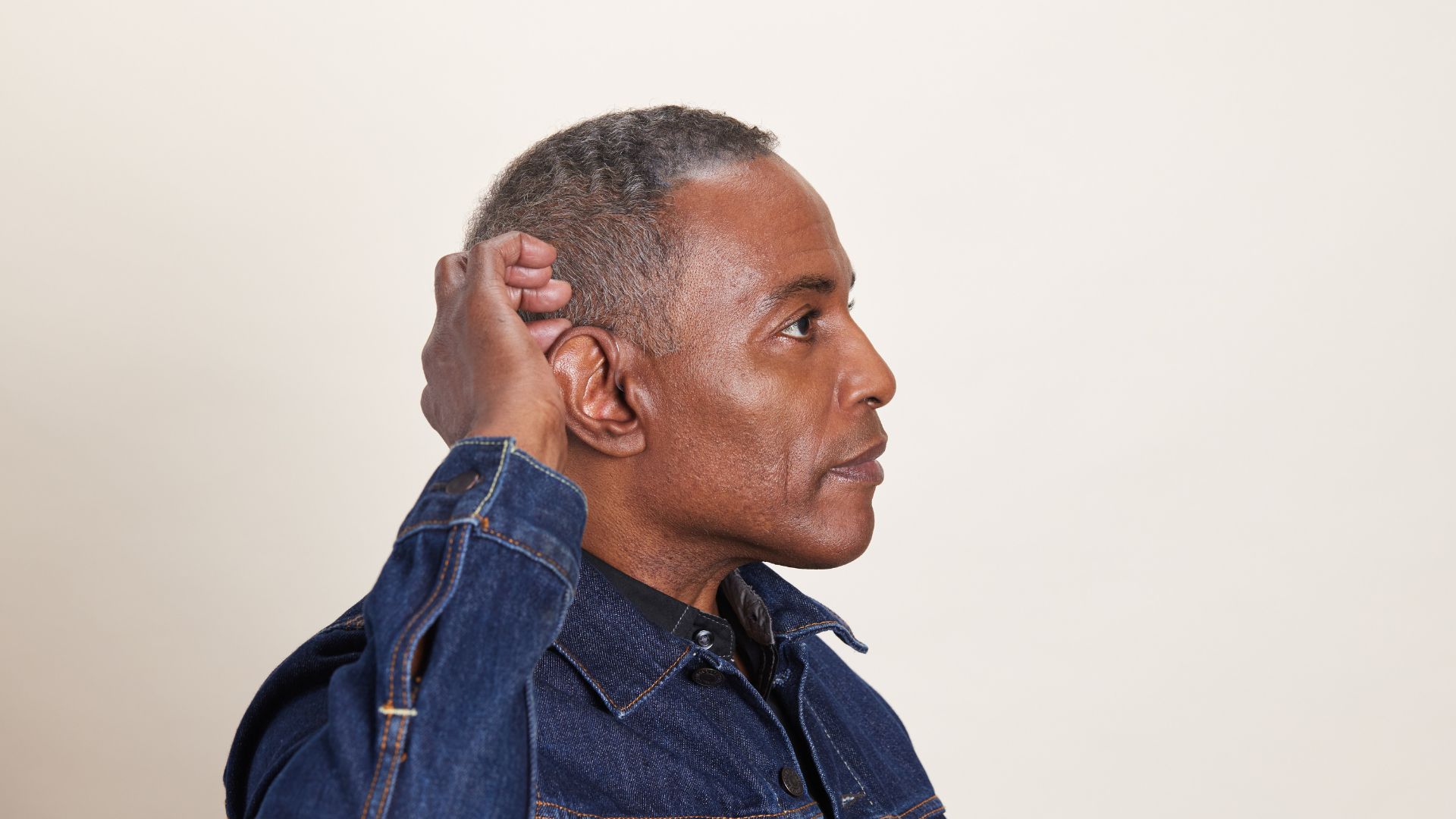I grew up 60 miles outside of the nearest major city. What my family got in peaceful nights and friendly neighbors, we lost in access to healthcare. On more than a few occasions, we made an emergency haul down I-90 to check on a broken bone or twisted ankle.
I never thought much about it until I moved to a major city where healthcare was only a mile away.
The weight of long commutes impacts every part of health access. Still, the effects are especially severe in the case of hearing health—the National Library of Medicine reports that, on average, rural Americans drive 68 minutes to their local hearing care provider. It’s no wonder that untreated hearing loss is twice as common in rural areas as in urban ones.
So what’s the solution? Should everyone give up the dream of living on the land and pack up for the suburbs?
Not so fast. Hearing health is changing quickly, and rural Americans might be the biggest winners. Advances in technology and public adoption of telehealth have propelled MDHearing, and other leading brands like Lively, to build a new generation of hearing healthcare access.
MDHearing provides free lifetime telehealth support from a dedicated team of audiologists and licensed hearing specialists that are available by email, phone, or video chat. The MDHearing VOLT MAX also allows an audiologist to remotely log in from hundreds of miles away and make sound adjustments to your hearing aids. Similarly, Lively staffs a team of hearing professionals that only interact with customers through zoom, phone, and text.
Rural Americans can have hearing products shipped to their door and adjusted at a distance. No 60-mile commute is needed.
There’s no doubt that remote services will become the norm for those with mild-moderate hearing loss. Technology and the rapid adoption of telehealth mean patients are quickly becoming used to the idea and provers are responding.
So how do you prepare? Here are a few tips.
- If you are learning about your hearing health options, I suggest starting with an online hearing test. Online tests from brands like MDHearing and others don’t fully replace the need for audiologists, but they provide a meaningful first step.
- Choose products that allow remote adjustment. MDHearing’s VOLT MAX allows an audiologist to remotely log in and adjust your sound settings. Look for this remote access as a feature in whatever product you purchase next.
- Get comfortable seeking care and advocating for yourself remotely. If you are new to video technology like Zoom, you may ask a child or grandchild to join you. You might also consider a test call with a friend or family member. My advice: lean into the newness of it all. More of our healthcare system is shifting to our screens, and every bit you learn will serve you well in the long run.
In person care will remain critical for severe hearing loss and injury cases. Still, remote hearing healthcare will increasingly become the standard, and customers in my hometown and around the country stand to gain.
About the Author
Blake Cadwell writes about his own hearing loss journey and reviews recent hearing aid products at hearsoundly.com. Blake is also the founder of Soundly.com, the first hearing health marketplace where consumers can compare over-the-counter products side by side with prescription products.


